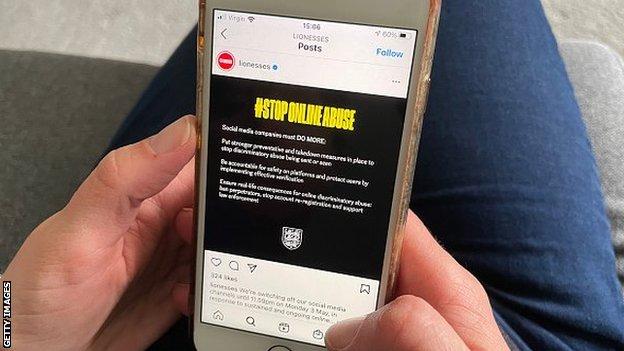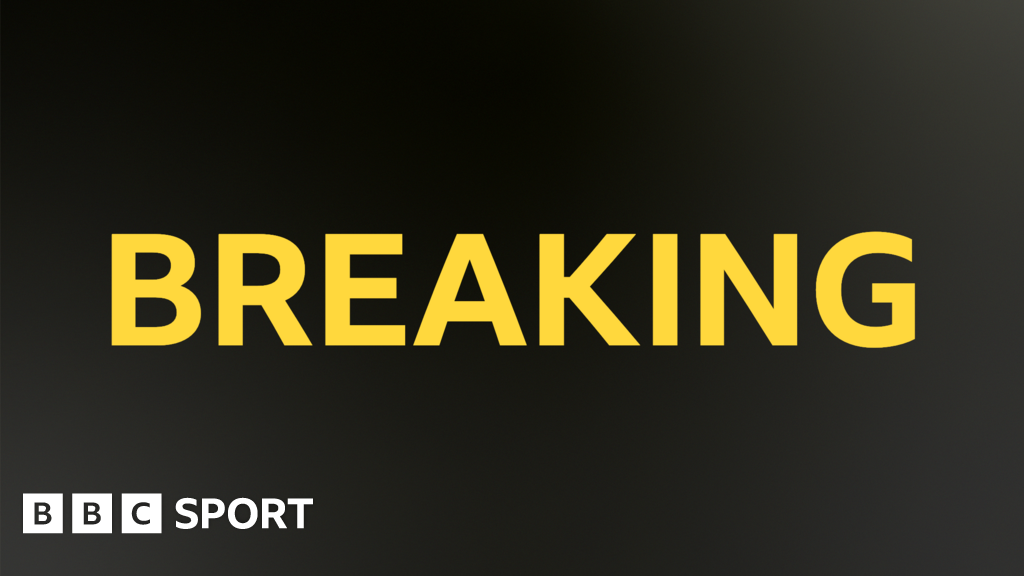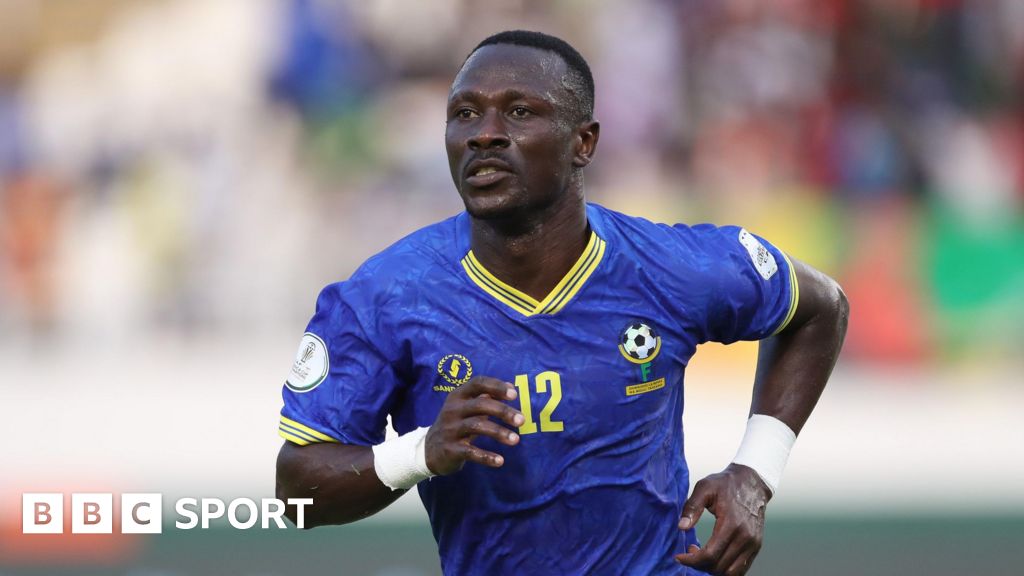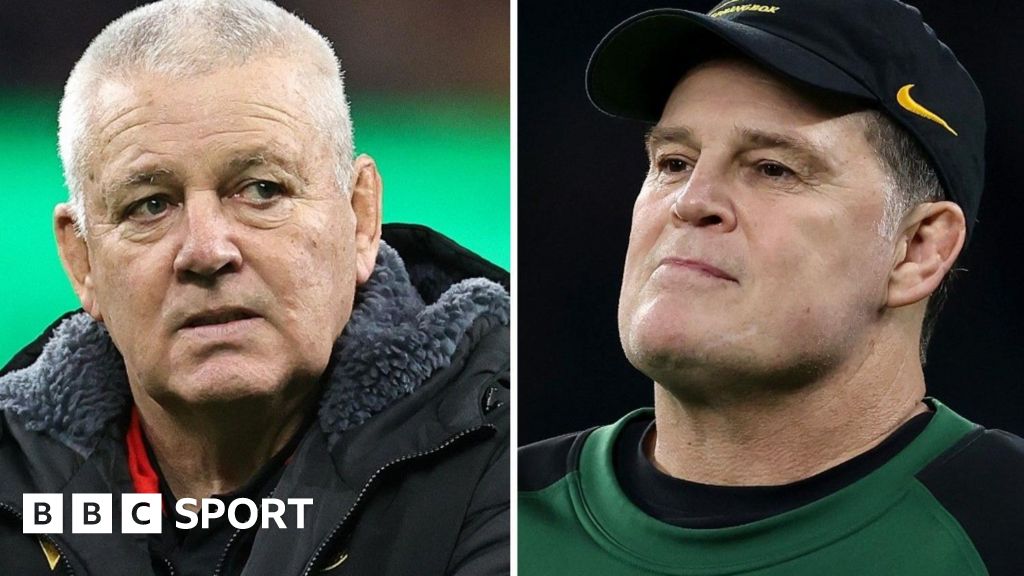ARTICLE AD BOX
 In April 2021, athletes and several sports such as football, cricket, rugby union and rugby league joined a four-day boycott of social media in an attempt to tackle abuse and discrimination on their platforms
In April 2021, athletes and several sports such as football, cricket, rugby union and rugby league joined a four-day boycott of social media in an attempt to tackle abuse and discrimination on their platformsHomophobia is responsible for a large portion of abuse aimed at footballers and basketballers in the men's and women's game, according to a new report.
Of more than 1,500 abusive posts included in the report, homophobic abuse was 40% of posts targeted at male footballers, 27% of that sent to female football players, 46% of the abuse aimed at male basketballers and 19% of that posted to female basketball players.
Messages directed at the athletes also included racism, sexism and ableism.
The joint report into online abuse and its impact on performance and mental well-being was conducted by AI company Signify, for FifPro, the NBPA and the WNBPA, which are the global unions representing male and female athletes in football and basketball.
It described the 1,558 abusive posts sent from 1,455 unique accounts as "shocking".
The posts were taken from social media platform Twitter for five months between May and September 2021 and directed at 160 of the most high-profile male and female footballers and basketball players across the biggest leagues in Europe, the United States and South America.
The report focused on "targeted online abuse" - messages that were directed at or include the account handle of a player so the player may see it and "suffer the impact of the abusive content".
The report says its research shows "the horrific, targeted and sometimes criminal abuse that affects players across sports and gender, in both their workplace and family environment".
What are the key stats and facts?
- 648 abusive tweets were aimed at players from the NBA, 427 from men's football, 398 from women's football and 85 from women's basketball.
- 85% of abuse sent to male footballers was racist and/or homophobic with 90% of tweets to female players having sexist and/or homophobic content.
- In men's basketball 74% of the abuse was racist and/or homophobic while four out of five instances of WNBPA abuse contained sexually explicit or harassing messaging.
- The report says "the most prominent accounts that drew attention to players, and then saw them suffer abuse, were those of the players' own teams or competition organisers".
- Barcelona was the account most mentioned alongside players; with England's national team the second highest.
'Homophobia a unique aspect of abuse'
The report outlines how the abusive homophobic messages were "unique" in men's football, because they were targeted at players who are not known to be gay.
"They are often targeted either for their support of LGBT issues or for perceptions of their behaviour or character," says the report. "Players in the study who have expressed solidarity for LGBT issues received a torrent of homophobic abuse."
There were also "hostile interrogations of their sexuality" towards players based on what style of clothes they were pictured wearing.
The report detailed the most abused male footballer, who is not named, received "exclusively LGBT-phobic abuse" due to his support for the community. The report anonymised the 160 athletes' accounts - but they include many of the most high profile athletes in their sports.
Sexism also accounted for 63% of abuse in the women's game - meaning sexism and homophobia accounted for 90% of targeted messages aimed at female players.
The report said: "Political stances and social or sexual identities also make players particularly vulnerable to targeted abuse."
It added that 29% of women's players received online abuse because of "political stances or sexual identity" as opposed to in-game events or incidents.
Homophobia is an issue within basketball too, amounting to 46% of abuse directed at male players and 19% of that sent to female players.
Sexist abusive posts to WNBA players were the highest proportion (44%).
How does the abuse impact the players?
Athletes' mental well-being, lifestyle and performance were all affected by the abuse, the report says, adding that it "attacks the characters and personalities of players and forces them to hide and withdraw from who they are and want to be".
Players can also be targeted for abuse by followers of their own team accounts, sponsors, competition organisers and media outlets.
Safety measures are often missing, the report claims, and it highlights how a "clear majority" of abuse can still be found online which "exposes a lack of regulation and oversight".
What are the recommendations?
The three unions say "industrial action" is required to protect players - which could include a combined campaign to raise awareness about the issue, rather than a strike or further boycotts of platforms.
Last year leading sports boycotted social media as they called on social media companies to combat abuse on their platforms. A separate report by Signify showed a drop in abuse was followed by a significant rise in May 2021 as the football season reached its conclusion.
Jonathan Hirshler, Signify CEO, said: "We're confident that we will start to see more proactive, real-world solutions protecting players from the poison of online abuse."
In response to the report - which has not yet been seen by Twitter - a spokesperson for the social media platform said: "We are committed to combating abuse motivated by hatred, prejudice or intolerance and as outlined in our hateful conduct policy.
"We do not tolerate the abuse or harassment of people on the basis of race, ethnicity, gender, gender identity or sexual orientation.
"Today, more than 50% of violative content is surfaced by our automated systems, further reducing the burden on individuals to report abuse.
"While we have made recent strides in giving people greater control to manage their safety, we know there is still work to be done."
Terri Carmichael Jackson, WNBPA executive director, added that the report was "critical" in order for everyone to understand the "scope" of the abuse and its impacts.
She added that everyone needs to move forward together to "protect our athletes" so they feel "safe to share their genuine personalities and voices on these social media platforms with fans and business partners alike".
Additional reporting by Sarah Rendell

 2 years ago
71
2 years ago
71








 English (US)
English (US)